Relief carving is an ancient art form that has been used for centuries to express creativity and craftsmanship. Whether it is for decoration, spiritual expression, or simply to capture a moment in time, relief carving techniques have been used to create beautiful works of art in wood, stone, and other materials. In this article, we'll explore the different techniques used to create relief carvings, and how these techniques can be used to create stunning and unique works of art. Relief carving is an art form that requires patience and skill. It involves carving designs into a flat surface so that they stand out from the background.
This can be done with a variety of tools such as chisels, gouges, and even chainsaws. Depending on the desired effect, relief carvings can be shallow or deep, and they can be highly detailed or more abstract in nature. Once complete, relief carvings are often adorned with paint or other materials to add color and texture. In this article, we'll discuss the various relief carving techniques and how they can be used to create stunning works of art. We'll also look at some tips and tricks that will help you get the most out of your relief carving projects.
Whether you're just starting out or a seasoned professional, these techniques will help you create amazing pieces.
Relief carving
is a type of woodcarving that involves cutting into a flat surface to create an image or pattern. The goal is to create a three-dimensional design that looks like it is coming out of the surface. Relief carvings are usually done with chisels and gouges, but can also be done with a chainsaw. There are two main types of relief carving techniques: low relief and high relief.Low relief carvings are shallow and have little depth, while high relief carvings are deeper and create more of an image. When starting out with relief carving, it's important to have the right tools for the job. Chisels and gouges are essential for creating detailed designs, while a chainsaw can be used for more basic carvings. It's also important to have a good understanding of the different types of woods available, as some woods are better suited for certain types of carvings. When planning your relief carving, it's important to take the time to sketch out your design first. This will help you visualize what you're trying to achieve and will make it easier to carve.
Once you have your design sketched out, you can begin carving. Start by making shallow cuts with your chisel or gouge and gradually deepen them as you go. It's important to pay attention to the grain of the wood so you don't accidentally cut in the wrong direction. When using a chainsaw for relief carving, it's important to take safety precautions. Always wear protective gear such as goggles and gloves, and make sure you have a firm grip on the saw at all times.
You should also practice on scrap pieces of wood before attempting your final project. Once your relief carving is complete, you can add finishing touches such as sanding, staining, or painting to bring out the details of your design. With the right tools and techniques, you can create beautiful relief carvings that will last for years.
Tips for Relief Carving
When creating your relief carving, it's important to follow these tips:Take your time and don't rush. Working too quickly can result in a sloppy carving that doesn't have the same level of detail or precision.Pay attention to the grain of the wood
so you don't accidentally cut in the wrong direction. Knowing the grain of the wood will help you make sure your cuts are going in the right direction and will allow you to create a more detailed and precise carving.Start with shallow cuts and gradually deepen them as you go. This will help you get a feel for the wood and how it responds to your tools.
Use protective gear when using a chainsaw.
This includes safety glasses, gloves, and ear protection.Practice on scrap pieces before starting your final project.
This will help you get comfortable with the tools and techniques before you start working on your final carving.Conclusion
Relief carving is a great way to create beautiful and unique pieces of art.With the right tools and techniques, you can create stunning carvings that will be treasured for years to come. Whether you are an experienced artist or a beginner, relief carving is a craft that you can enjoy for many years to come. When you combine the right tools and techniques, you can create beautiful carvings that will last for generations. Whether you're looking to add a unique touch to your home or create a gift for someone special, relief carving is an excellent way to show off your creativity and skill. We hope this article has helped you learn about the basics of relief carving and given you some tips on how to create stunning carvings. With practice and patience, you'll be able to create masterpieces that will last for years. Relief carving is an enjoyable way to create beautiful, unique, and lasting pieces of art.
When done correctly, relief carvings can add a special touch to any woodworking project. With the right tools and techniques, anyone can create stunning carvings that will be cherished for years to come. So, whether you're an experienced carver or a beginner looking to try something new, relief carving is a great way to add beauty and value to your work.

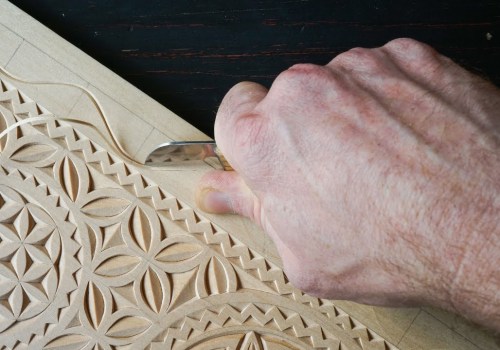
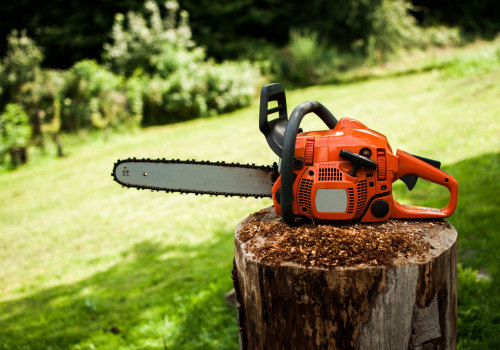
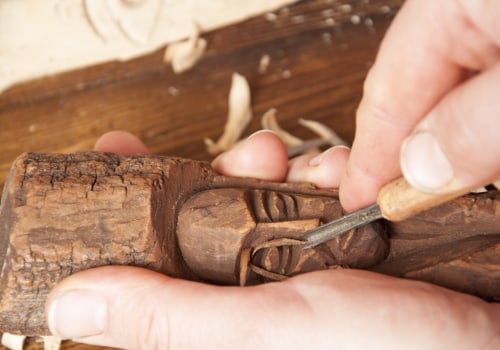
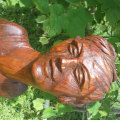
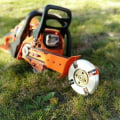
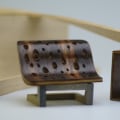
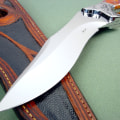

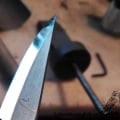
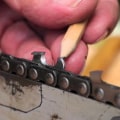
Leave a Comment